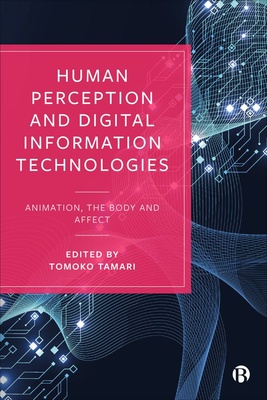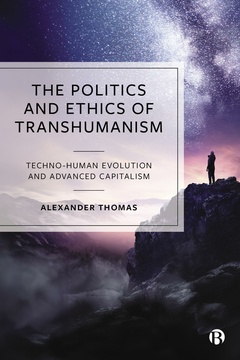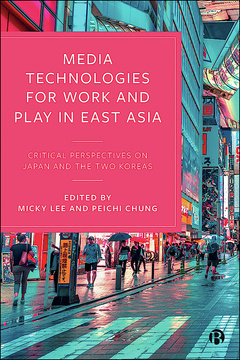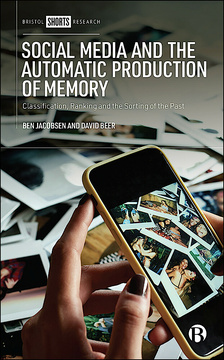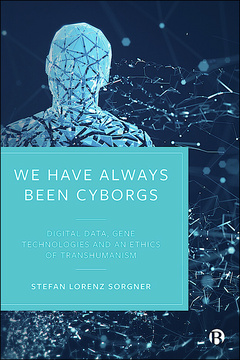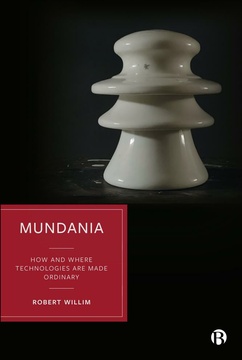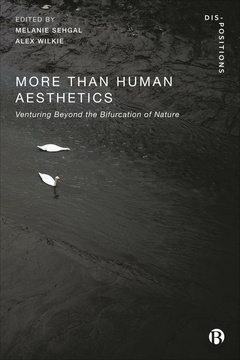Human Perception and Digital Information Technologies
Animation, the Body, and Affect
Edited by Tomoko Tamari
Published
Feb 29, 2024Page count
262 pagesISBN
978-1529226188Dimensions
234 x 156 mmImprint
Bristol University PressPublished
Feb 29, 2024Page count
262 pagesISBN
978-1529226195Dimensions
234 x 156 mmImprint
Bristol University PressPublished
Feb 29, 2024Page count
262 pagesISBN
978-1529226195Dimensions
234 x 156 mmImprint
Bristol University PressComputational media govern our experiences by externalizing our knowledge and memories, mining data from our behaviour to influence our decision-making, and creating emotionally rewarding and sensory pleasures. But does that mean human perception is becoming a product of human-machine symbiosis in this new media ecology?
This ground-breaking collection explores the ways in which digital information technologies form and influence human perception and experience. Examining the relationship between technological reductionism and the body, it takes on board discursive perspectives from the humanities and brings digital media, affect, and body studies into conversation with one another.
Written by pioneering authors in the field, this book expands our understanding of human perception, animation, technology, and the body.
"A lucidly imaginative and critical mapping of digital media culture via animation, the body, and affect. Essential reading for anybody with a nervous system in this digital age." Matthew Fuller, Goldsmiths, University of London
"With advancing technologies calling into question what is real, trustworthy or solid, there is perhaps no more important question than that of human perception. Taking questions of subjectivity, affect, and embodiment as key anchor points, this book provides crucial insights into how perception is animated and challenged by emerging information technologies." David Beer, University of York
“This book spirals out from hand-drawn cells to neurotemporalities, strategic military maps, deep learning, and deep fakes, exploring a vast new galaxy of animation.” Aden Evens, Dartmouth College
Tomoko Tamari is Senior Lecturer in Sociology at Goldsmiths, University of London.
Introduction: Human Perception and Digital Information Technologies – Tomoko Tamari
Part 1. Animation and Consciousness
1. Pastures New: Atmospheres, Mud, and Moods – Esther Leslie
2. The Neurodynamics of Technically Mediated Motion: Perceptual vs. Conceptual Animation in Artworks of Nam June Paik and Bill Viola – N. Katherine Hayles
3. Moving Images and Human Perception: Affect in Hand-Drawn Animation and Computer-Generated Imagery – Tomoko Tamari
4. New Punctums, Proto-Perceptions, and Animated Entanglements – Tony D. Sampson
Part 2. Affective Experience and Expression
5. On Pixar’s Marvellous Astonishment: When Synthetic Bodies Meet Photorealistic Worlds – Eric S. Jenkins
6. Player and Avatar in Motion: Affective Encounters – Daniela Bruns
Part 3. Data Visualization: Space and Time
7. Animation, Data, and the Plasticity of the Real: From the Military Survey of Scotland to Synthetic Training Environments – Pasi Väliaho
8. Chronoclasm: Real-Time Data Animation – Sean Cubitt
Part 4. Image Formation and Embodiment
9. Deepfake Face-Swap Animations and Affect – Mette-Marie Zacher Sørensen
10. Deepfake Reality, Societies for Technical Feeling, and the Phenomenotechnics of Animation – Mark B.N. Hansen







